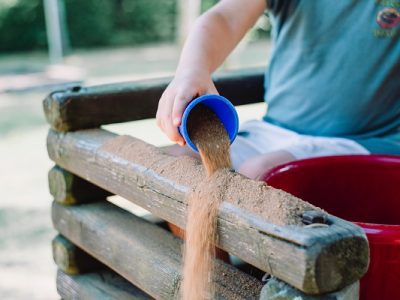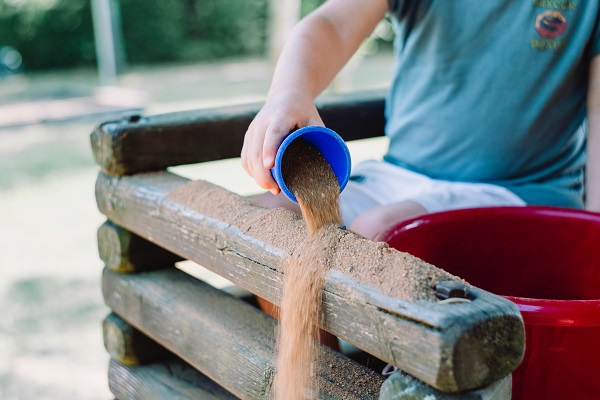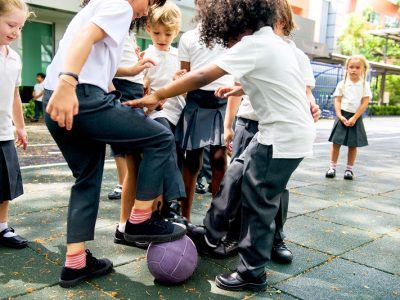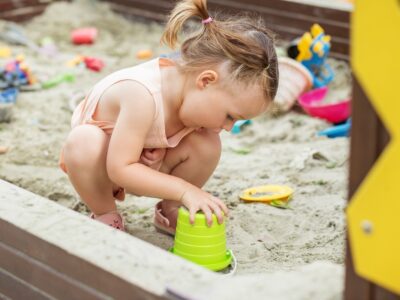How to get started with outdoor learning
Posted on | Posted in Education
At Canopies UK, we’re passionate about the power of outdoor learning and play in schools. But what does outdoor learning actually mean, and how do you start incorporating outdoor learning in your school? Keep reading for everything you need to know.
What is outdoor learning in primary schools?
Outdoor learning is learning which takes place outside of the school buildings. Taking lessons outside of the classroom and into the great outdoors – whether that’s the school playground or further afield – can result in an extremely positive learning experience for primary school children.
With outdoor learning, the sky is the limit. Outdoor learning could include heading out onto the playground for an hour or two of games or creative activities, or visiting your local park, green space or high street to learn more about the world.
We’ve put together some fun seasonal ideas for outdoor learning in both spring and winter, so check out the guides as a handy starting point.
Why is outdoor learning important to primary schools?
Outdoor learning comes with many fantastic benefits for school children. Being in a new and exciting environment helps to stimulate the senses, promotes better physical health and helps improve children’s social skills and confidence. More benefits include:
- Improved mental health
- Boosted confidence
- Improved communication skills
- Greater appreciation for nature
- Increased creativity
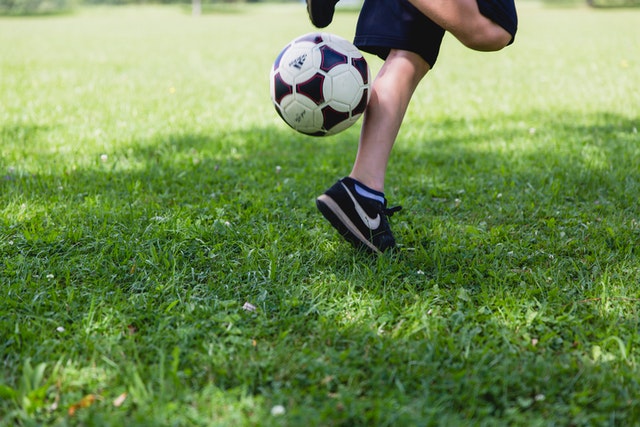
Do children learn better outdoors?
Incorporating outdoor learning into your curriculum helps children be more engaged and stimulated, which translates to better learning. The benefits can even continue when returning to indoor lessons, helping children to remain more focused for the rest of the day.
What do Ofsted and the National Curriculum say about outdoor learning?
Ofsted encourage outdoor learning if it’s high-quality learning and has a “maximum impact on learners’ achievement, personal development and well-being.” (Council for Learning Outside the Classroom)
While outdoor learning is not a mandatory part of the National Curriculum in England, they do mention making use of the outdoor environment, particularly in science classes. There are studies that encourage making outdoor learning part of the National Curriculum, including studies from Primary Science Education Consultancy and the National College for Teaching and Leadership.
Outdoor learning is also a “crucial element of the EYFS (Early Years Foundation Stage) Framework”, according to foundationyears.org.
How to plan for outdoor learning
We know that outdoor learning has a load of wonderful benefits, but how do you get started?
- Make the most out of your spaceRegardless of what your outside space looks like, it still offers a new and exciting learning environment for children, so start making the most out of it. Don’t worry if you’re not blessed with acres of playing fields or beautiful nature – simply spending time in the fresh air can do a whole host of good for children. Ideally, the space you use for outdoor learning will be shaded and quiet, with enough space for children to spread out.
- Think safety firstOf course, the safety of the children in your care should always be at the forefront of your mind, so make sure you’re following all appropriate health and safety rules when taking your lessons outside. This could include carrying out any necessary risk assessments or teaching children about any potential health and safety dangers.
- Tackle any potential barriers There are a number of barriers that teachers say can hamper their ability to take lessons outside, according to Primary Science Education Consultancy. These can include unpredictable weather and a lack of suitable space.If your outdoor learning and play plans are hampered by bad weather, installing an outdoor classroom or outdoor canopy could be a solution. A canopy helps you take learning outdoors, no matter the season. It offers shelter during rainy seasons, protection from the sun’s harmful UV rays in summer, and offers dedicated space for outdoor learning and play.
- Get the funding you needWe know that getting the money you need to accommodate outdoor learning can be difficult. Some schools choose to self-fund in order to raise money for a canopy. If that’s the route you want to go down, we have some handy resources to get you started, including 15 fun fundraising activities. There are also grants that could help you out with funding for your projects, including school canopies. A school grant is additional funding you can receive from an external source that’s used to help schools improve and create better learning environments. Unlike a loan, you don’t have to pay a grant back.
We’ve rounded up a collection of some of the best school grants that could offer you the funds you need, along with everything you need to know about how to apply.
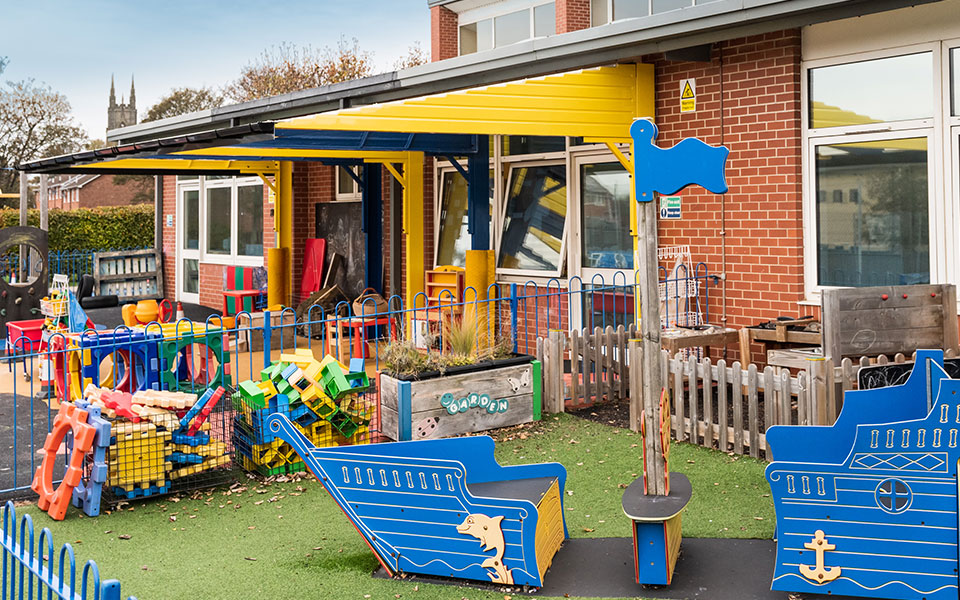
We hope this taught you more about outdoor learning and the steps you can take to introduce it in your school. If you’d like to talk about how an outdoor classroom or canopy could help you take learning outside, get in touch today.

